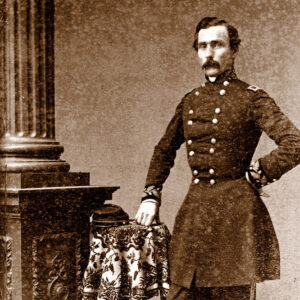 Daniel Marsh Frost
Daniel Marsh Frost
Entry Category: Individuals
 Daniel Marsh Frost
Daniel Marsh Frost
Fulkerson, Floyd Hurt, Jr.
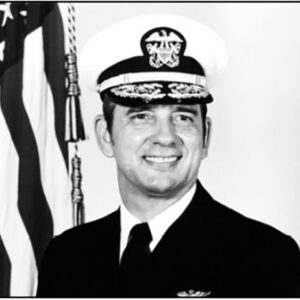 Skip Furlong
Skip Furlong
Gammage, Washington Lafayette
Gantt, Edward W.
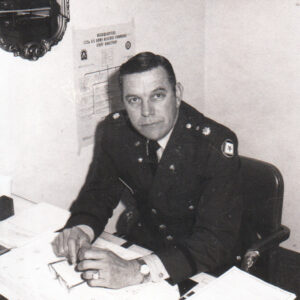 Charles Lindbergh George
Charles Lindbergh George
Gillam, Isaac Taylor
Gillem, Alvan Cullem
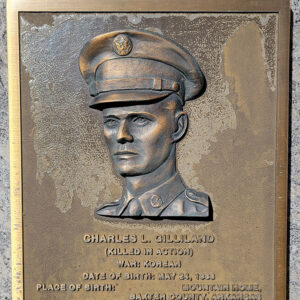 Charles L. Gilliland Plaque
Charles L. Gilliland Plaque
Gilliland, Charles Leon
 Gordon Campaign Letter
Gordon Campaign Letter
Gordon, Anderson
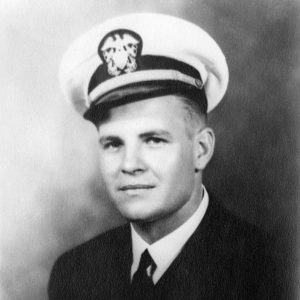 Nathan Gordon
Nathan Gordon
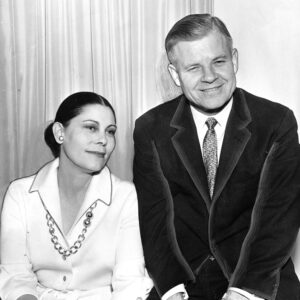 Nathan and Virginia Gordon
Nathan and Virginia Gordon
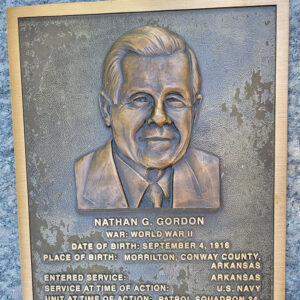 Nathan G. Gordon Plaque
Nathan G. Gordon Plaque
Gordon, Nathan Green
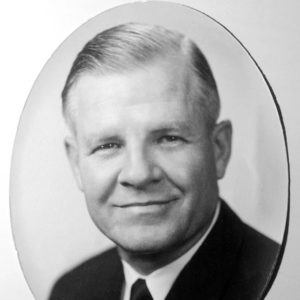 Nathan Gordon
Nathan Gordon
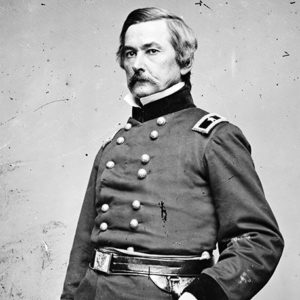 Willis A. Gorman
Willis A. Gorman
Govan, Daniel Chevilette
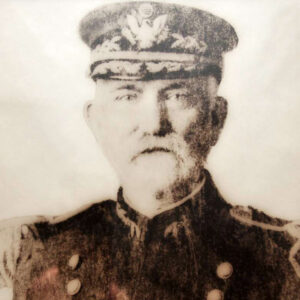 Benjamin W. Green
Benjamin W. Green
Green, Benjamin William
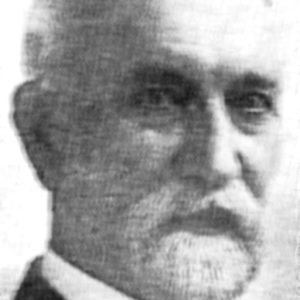 Benjamin William Green
Benjamin William Green
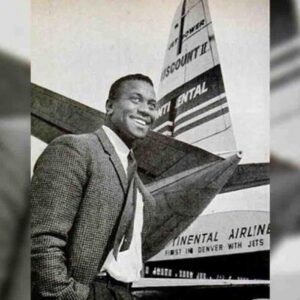 Marlon D. Green
Marlon D. Green
Greene, Colton
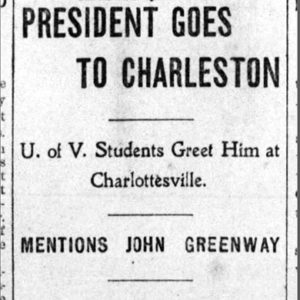 Greenway Rough Riders Mention
Greenway Rough Riders Mention
Greenway, John Campbell
Grider, John McGavock
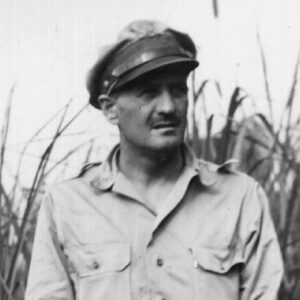 Paul "Pappy" Gunn
Paul "Pappy" Gunn
Gunn, Paul Irving “Pappy”
Gwatney, Harold Lloyd
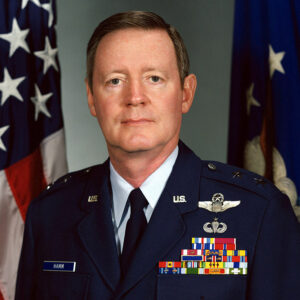 Charles R. Hamm
Charles R. Hamm
Hardee, William Joseph
Harrison, Marcus LaRue
Hathcock, Carlos Norman “Gunny,” II
Hawthorn, Alexander Travis
aka: Alexander T. Hawthorne
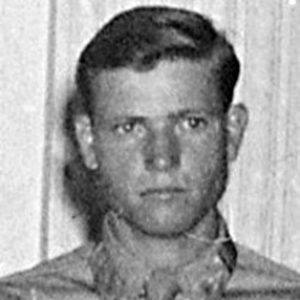 James R. Hendrix
James R. Hendrix
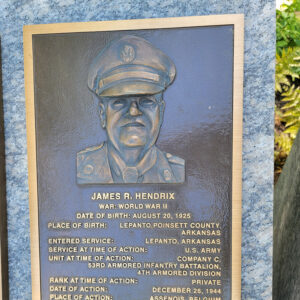 James R. Hendrix Plaque
James R. Hendrix Plaque
Hendrix, James Richard
Herron, Francis Jay
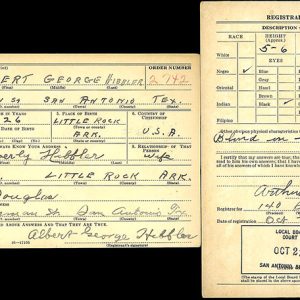 Hibbler Draft Card
Hibbler Draft Card
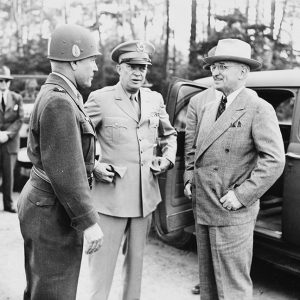 D. O. Hickey
D. O. Hickey
Hill, Daniel Harvey
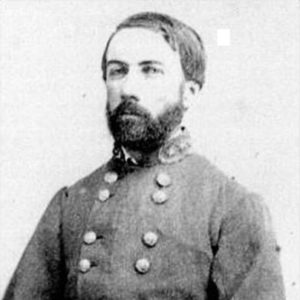 Daniel Harvey Hill
Daniel Harvey Hill




